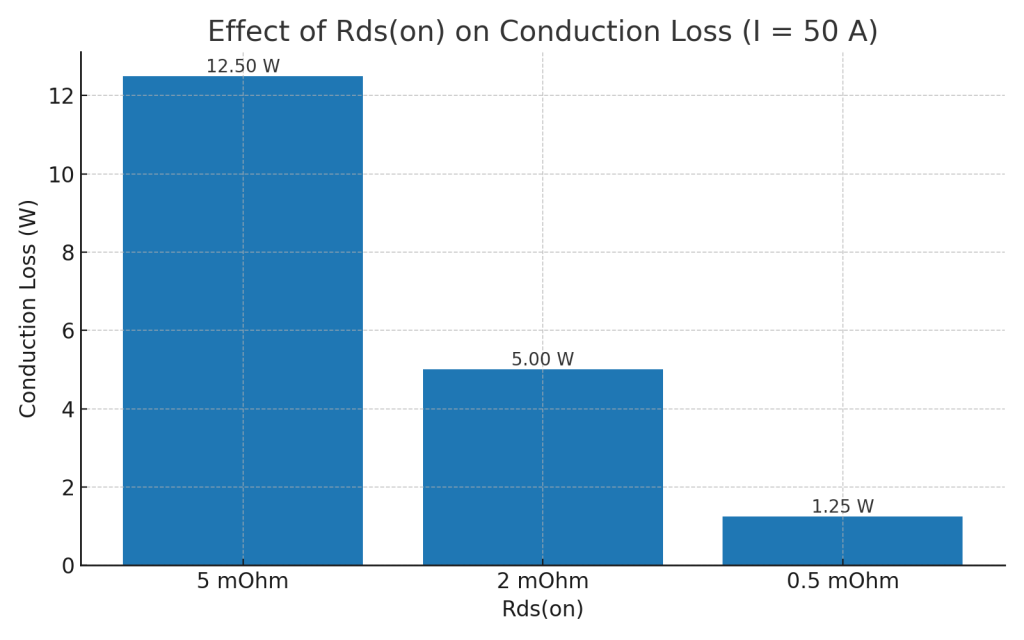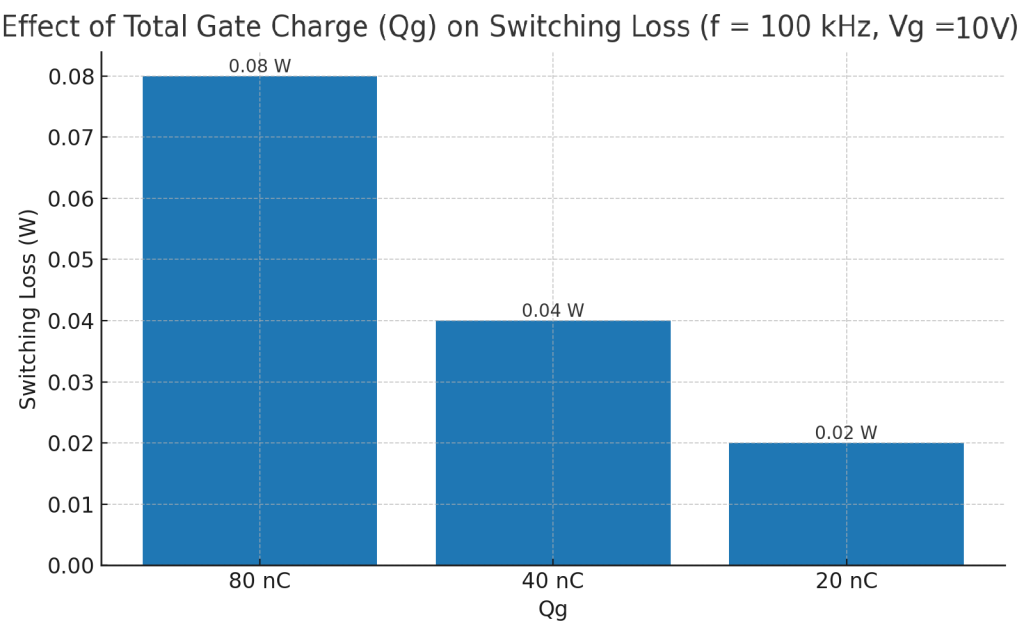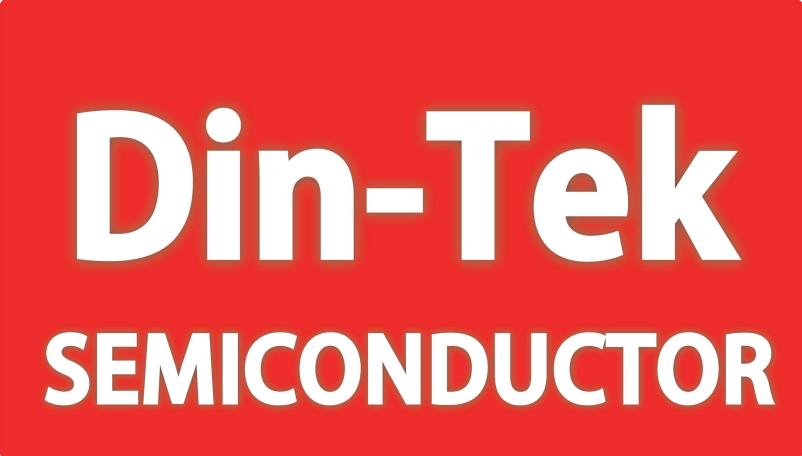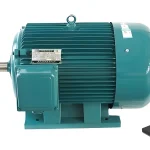When selecting MOSFETs, engineers often focus on a set of critical parameters. Among them, On-Resistance (Rds(on)) and Total Gate Charge (Qg) are the two most influential factors affecting efficiency and performance. This article, supported by practical examples and charts, takes a closer look at why these parameters matter.
1. Rds(on) — The Key to Conduction Loss and Heat Generation
Rds(on) is the resistance between drain and source when the MOSFET is fully turned on, typically measured in mΩ.
- The lower the Rds(on), the lower the conduction loss and heat.
- In high-current applications (such as EV controllers, industrial power supplies, and inverters), low Rds(on) significantly reduces energy loss and boosts efficiency.
- For battery-powered devices (such as robotic vacuums, power tools, and BMS systems), low Rds(on) also means longer battery life.

Example: At 50A current, reducing Rds(on) from 5mΩ to 0.5mΩ lowers conduction loss from 12.5W to 1.25W, cutting heat generation by over 90%.
2. Qg — The Key to Switching Speed and Drive Energy
Qg (Total Gate Charge) is the total amount of charge required to drive the MOSFET from fully off to fully on, measured in nC.
- The smaller the Qg, the faster the switching speed and the lower the drive losses.
- In high-frequency switching applications (such as adapters, DC/DC converters, and solar inverters), low Qg can significantly reduce switching losses and improve efficiency.
- For circuits with limited driver capability, a low Qg MOSFET reduces driver stress and helps cut system costs.

Example: At a switching frequency of 100kHz, reducing Qg from 80nC to 20nC cuts switching loss by 75%, resulting in a major efficiency boost.
3. The Balance Between Rds(on) and Qg — The Engineer’s Art of Trade-Off
Low Rds(on) and low Qg often involve trade-offs:
- Achieving ultra-low Rds(on) usually requires larger die size, which may increase Qg.
- Achieving ultra-low Qg may mean a smaller die size, which increases Rds(on).
A well-designed MOSFET finds the sweet spot between the two, delivering both low loss and high efficiency.
4. Din-Tek’s Advantage
At Din-Tek, we design MOSFETs that strike this balance using advanced trench processes and optimized chip layouts, achieving both ultra-low Rds(on) and low Qg:
- Rds(on) as low as 0.27mΩ, ideal for high-current applications.
- Lower Qg, supporting switching frequencies up to 3MHz.
- 100% avalanche tested to ensure reliability under demanding conditions.
Whether for high-frequency power converters or high-current power systems, Din-Tek offers solutions that balance efficiency and performance.
Conclusion
Choosing a MOSFET is more than just selecting a device—it determines the efficiency, stability, and lifetime of the entire system.
Rds(on) and Qg are like a car’s fuel consumption and acceleration: they decide whether it’s “energy-saving and long-lasting” or “powerful and responsive.”
Din-Tek helps clients find the perfect balance, delivering products that are both “power-saving with endurance” and “performance-strong”.




